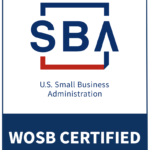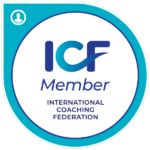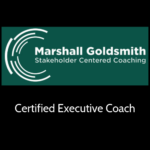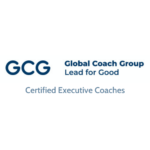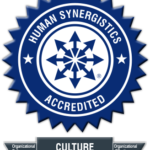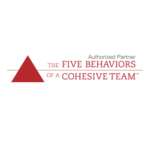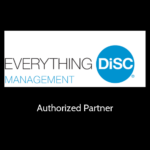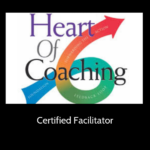Long-term planning is sometimes seen as a waste of time or ineffective. Leading businesses and industries make use of five- to 10-year strategic plans as a key resource for sustaining a company’s vision, market-share growth, brand equity, employee and product/service effectiveness, profitability, and stakeholder satisfaction. They understand that the true value of long-term planning lies within the ability to remain relevant and strategic. They understand that change is inevitable and manageable.
A key factor in long-term strategy success is the ability to maximize and optimize an organization’s workforce and their cognitive abilities, such as the courage and confidence to commit to the strategy; the humility to be credible, open to learning and supportive; the discipline to execute the plan, be reliable and follow through; and the ability to communicate clearly, accurately and in a timely manner. The long-term process is doable through phases of short initiatives that support efficiency and effectiveness throughout the plan’s life cycle.
Planning five or 10 years out allows boards and leadership teams the opportunity to determine a vision for the future, outline measurable goals, optimize collaborative and relational possibilities, and align leadership, operational teams, employee skills and experiences. Strategic planning defines a road map for organizational growth and provides guidance for day-to-day decision making. It allows leadership teams to evaluate progress and creates an opportunity to learn and improve business processes and systems.
Long-term planning requires a formal strategic process. Click to read tips to consider as you develop your long-term strategy and plan periodic reviews and updates, and learn about the six key alignment criteria.


